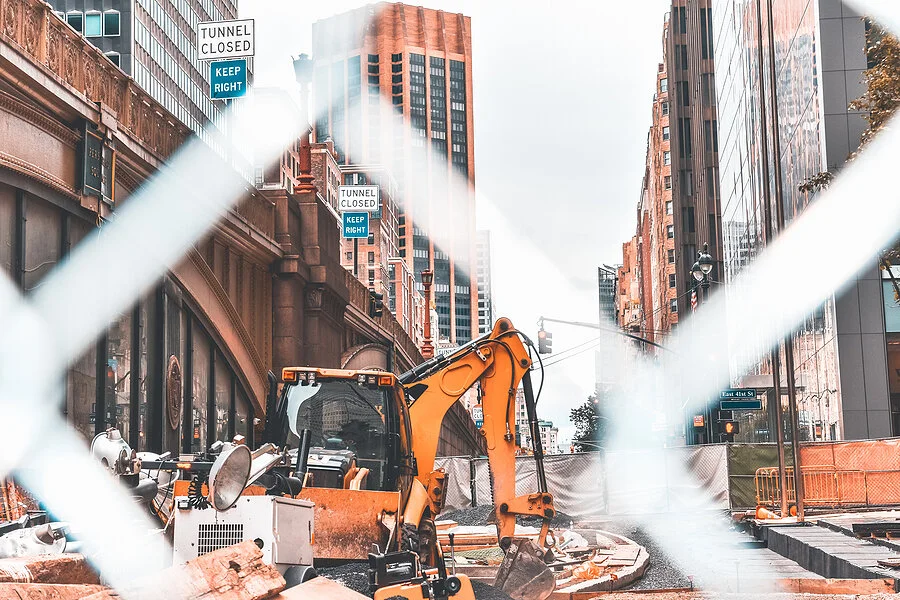The most common DOB and ECB violations
ECB and DOB violations in NYC hit construction developers hard because they result in unnecessary delays and money spent. During the 2019 fiscal year alone, OATH/ECB collected more than 227,000 judgment violations to the tune of $264.9 million. But even though some ECB and DOB violations are common, there's plenty you can do to avoid receiving violations and paying penalties. Here are the most common DOB and ECB violations in NYC and how permit expediters like GLE help.
About the ECB + common ECB violations in NYC
When a property fails to follow any section of NYC zoning or construction codes, it receives a violation. These violations come from the NYC Office of Administrative Trials and Hearings (OATH). The Environmental Control Board (ECB) is a division of OATH. ECB listens to hearings on violations or tickets from 19 city agencies.
ECB/OATH violations
For ECB violations, you'll receive a Notice of Violation. ECB/OATH violations are categorized into three classes:
Immediately hazardous: Carries penalties of $1,500 plus up $1,000/day unfixed. Needs to be corrected and certified ASAP.
Major
Lesser
Common ECB violations include work without a permit, failure to maintain a building, and illegal occupancy. We regularly see ECB violations as a result of electrical code issues or inadequate heating. You need to quickly address and fix ECB/OATH violations. Keep in mind you may also need to certify the correction.
Closing ECB/OATH violations
With any ECB violation, two options exist: 1. acknowledge the violation and correct it or 2. dispute the violation. Challenging the violation does not require an attorney. But, you (or a designated company representative) needs to attend the ECB hearing. Not doing so can cost you up to $25,000.
If you acknowledge the violation, resolve and correct the conditions cited. Once you've corrected the conditions, apply for a Certificate of Correction. Go to www.nyc.gov/dobnow and be sure to include these forms: AEU2, AEU20 or AEU3321. Provide proof of correction through receipts, permits, photographs, etc. Also attach a receipt of payment of penalties.
About the DOB + DOB violations in NYC
If your property doesn't live up to standards or codes set by law, expect to receive a DOB violation. DOB violations are housed in BIS, searchable by the public, and need to be corrected. There are upwards of 25 possible DOB violations a property can receive notice of. Some of the more common DOB violations include:
failure to adequately provide safe living conditions (from addressing pests in a residential or commercial building or allowing mold growth)
non-compliance with code requirements for smoke detectors and carbon monoxide detectors
lack of quick exit access in the event of emergency
and more
Resolving DOB violations
Don't wait to resolve DOB violations. Any that go uncorrected can cause a lot of issues, both now and down the road. Depending on the class of violation, you'll have a certain number of days to fix the issue. Plan to address the cause of the violation. Then, have it inspected, and submit the required documentation and fines. This should dismiss the violation in BIS.
One thing to note on DOB violations: if it has to do with boiler inspections, fire safety, facades, and elevators, there may be more specific instructions to follow.
How to find common ECB and DOB violations for a property
Unresolved violations show up in title searches and cause issues. To look for violations on a building, head to the Buildings Information System (BIS). Go to "Property Overview" to check open violations. Those with asterisks have already been resolved.
Avoiding ECB and DOB violations and others
Our background and extensive knowledge in construction codes lets us save clients time and money. Because we review projects and apply for all applicable permits up front, we help developers avoid penalties and move projects forward.

